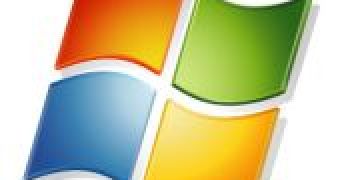There’s a very important reason why Microsoft is keeping mum on the evolution of Windows, since Steven Sinofsky, now President, Windows and Windows Live Division, took the helm of the Windows project in the post-Vista era. And it has to do with Microsoft’s communication strategy for codename Longhorn. Under Jim Allchin, former Co-President, Platforms & Services Division, the Redmond company opened up about its plans for the successor of Windows XP. The public was informed early own about the new features and capabilities planned for Longhorn, and this created an amazing level of enthusiasm.
However, the software giant also ended up going back to the drawing board on the project, and while users were expecting Longhorn, they got Windows Vista instead, with features such as WinFS amputated completely. This is why, post-Vista, Allchin imposed a new, translucent communication strategy, and Microsoft stuck to it.
Company watchers undoubtedly remember that Microsoft only started sharing details about Windows 7, when the operating system hit Beta, a milestone which was considered feature complete. And not counting Windows Virtual PC and Windows XP Mode, Windows 7 evolved little in terms of new features from Beta to RTM.
With Sinofsky still leading the Windows project, it’s only to be expected that Windows 8 will get the same treatment as Windows 7. However, recently a collection of leaked slides, reportedly from Windows 8 made their way into the wild. The software giant refused to either confirm or deny the leaked slides’ validity, but the information does offer a few interesting promises, that Microsoft apparently shared with partners, such as faster start-up and shutdown.
It is of course dangerous to take the details for granted, and to expect Windows 8 to offer the features described. Fact is that nothing is set in stone as long as the successor of Windows 7 is still in development. Plans for the next generation of the Windows client and server operating systems, no matter how comprehensive, can always change. But rest assured that Microsoft will unveil Windows 8 to the world when it’s ready.

 14 DAY TRIAL //
14 DAY TRIAL //